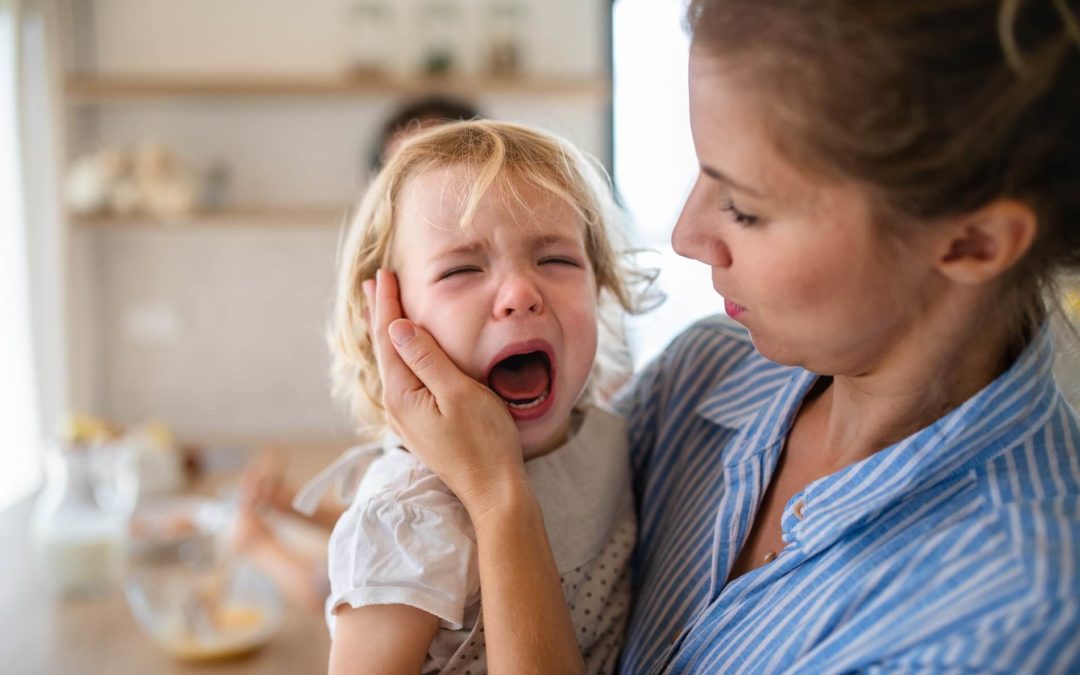Last week we talked about how the ‘D’, the ‘I’, and the ‘R’ interact with the Floortime session: namely, that we need to know where the child is Developmentally to begin, we need to know their sensory profile (Individual differences) to guide our interaction, and we need to make our Relationship a safe place for them to feel at ease.
The most challenging part of good Floortime can be having the child be available which is the first functional emotional developmental capacity of self-regulation and shared attention. This brings us to today’s topic of co-regulation: how to interact with a distressed child.
When a child is unavailable we need to support them to feel safe before we can harness their interest. This can be very difficult to do with a child who is dysregulated.
Much has been written about co-regulation, which is the way we attune ourselves to our child in our interactions in order to maintain a regulated state between us. Dr. Stuart Shanker calls this the ‘interbrain’.
Through our soothing, respectful, and nurturing interactions, co-regulation is a pre-cursor to the child learning to self-regulate.
Read up on Co-Regulation
- What is Co-Regulation?
- Creating Opportunities for Co-Regulatory Support
- Fostering Co-Regulation (in the context of musical play)
- Co-Regulation Journal Article
- The Co-Reg Community
Recall from last week that we want to expand the range of feelings a child can tolerate and to do that we have to accept the expression of their feelings. We do this by mirroring what they are feeling, empathizing with facial gestures, and being in the moment with them.
Our responses might be to say “You’re ok!” or we’ll negotiate, we will give explanations, and we will basically try to rectify whatever it is we think is making him/her uncomfortable when what we really need to be doing is co-regulating.
Therapist Jennifer Kolari uses a technique called C.A.L.M. to co-regulate and connect with children. Click here to see this video (skip the 8 min introduction) in which she describes the C.A.L.M. method in great detail. You can also hear it in this podcast of Connected Parenting.
Occupational therapist Maude LeRoux agrees. She explains that if our children cannot put their bodies in a place where they can be alert and aroused enough to learn, then they withdraw and we get a fight or flight response in the brain.
This is the level of protection that many children on the autism spectrum operate in due to being misunderstood: being stuck in stress mode which is their brain aiming to keep them safe. Their emotional sensory experience of the situation makes them withdraw, she says.
The self-regulation work of Dr. Stuart Shanker describes this experience and how to help children attain self-regulation through relationship.
The bottom line here is that when our children are dysregulated we need to do some important things:
- we need to stop all agendas we have
- show them with our body language that we are in the moment with them
- mirror what they are feeling with our facial expressions and gestures such as nodding
- use minimal words or vocalizations to let them know they are safe with us because we understand
The next step is bringing co-regulation into the Floortime session because as you are working along the developmental ladder, there will be many times where your child will become dysregulated and need to co-regulate with you before you can resume a playful interaction.
Until next week, here’s to affecting autism through playful interactions!




